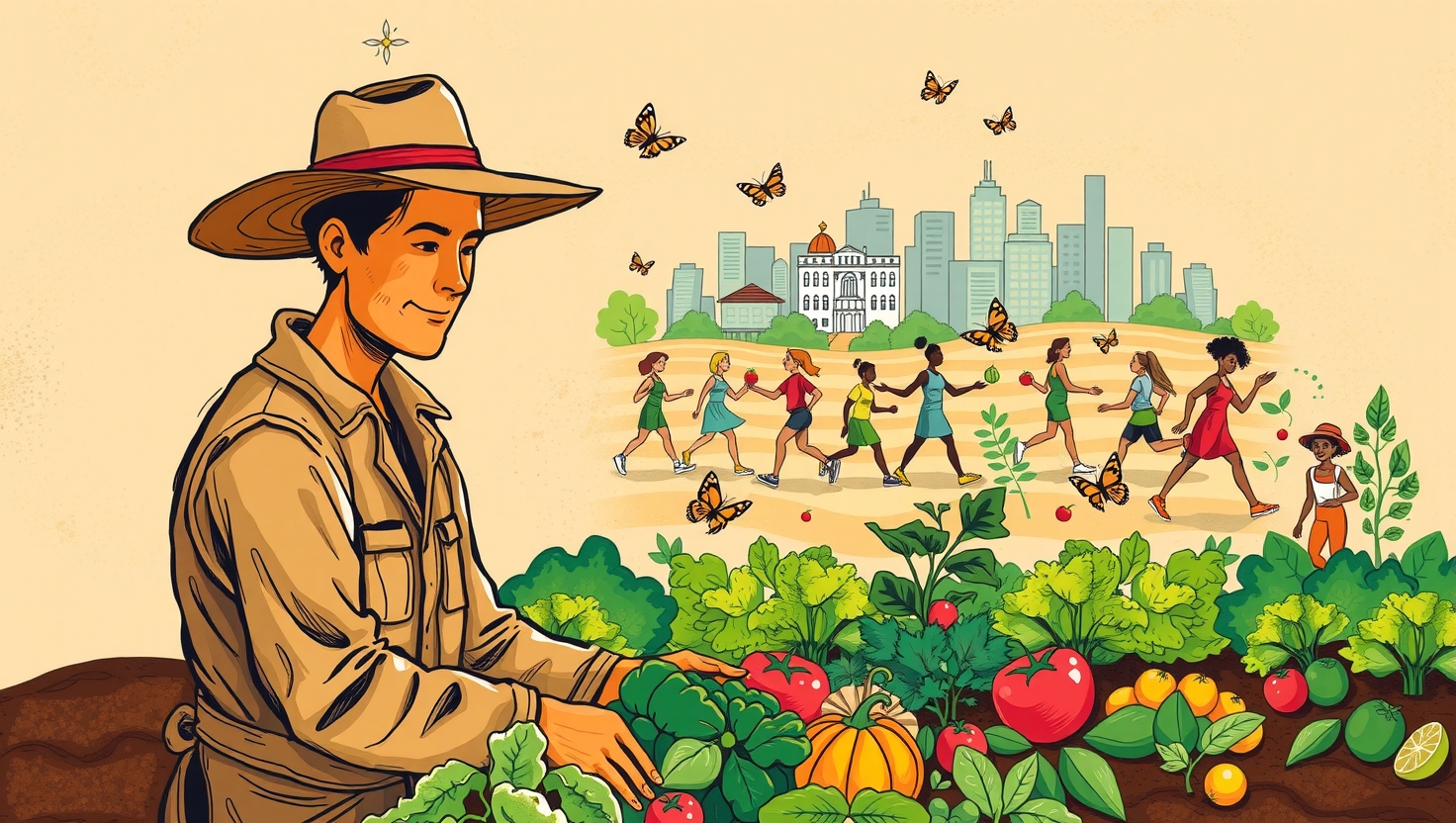The Connection Between Agriculture and Public Health
Agriculture is often seen as the backbone of human civilization—providing food, sustaining economies, and shaping cultures. Yet, its influence extends far beyond the fields and markets; it plays a crucial role in public health. The way we grow, process, and distribute food directly impacts nutrition, disease prevention, and even mental well-being. Understanding this connection helps us make better choices for both our health and the environment.

Nutrition: The Foundation of Health
The most direct link between agriculture and public health is nutrition. The quality of the food we eat determines our physical and cognitive development, immune function, and long-term well-being.
- Nutrient-Dense Crops: Traditional farming practices often prioritized diverse, nutrient-rich foods. However, modern industrial agriculture has shifted toward high-yield monocultures, sometimes at the expense of nutritional value. Encouraging sustainable farming that prioritizes variety can improve dietary health.
- Access to Fresh Food: Food deserts—areas with limited access to fresh, affordable produce—are a public health concern. Supporting local agriculture and urban farming initiatives can help bridge this gap.
- Processed Foods & Health Risks: Highly processed foods, often made from commodity crops like corn and soy, are linked to obesity, diabetes, and heart disease. A shift toward whole, minimally processed foods can mitigate these risks.
Environmental Health & Disease Prevention
Agriculture doesn’t just affect what we eat—it shapes the environment we live in, which in turn influences disease patterns.
- Pesticides and Antibiotics: Overuse of chemical pesticides and antibiotics in livestock contributes to antibiotic resistance and potential health risks for farmworkers and consumers. Regenerative and organic farming practices offer safer alternatives.
- Zoonotic Diseases: Close contact between livestock and wildlife, often a result of deforestation and intensive farming, increases the risk of zoonotic diseases (like avian flu or COVID-19). Sustainable land use can reduce these risks.
- Water & Soil Quality: Agricultural runoff containing fertilizers and pesticides can contaminate water supplies, leading to health issues like algal blooms and heavy metal exposure. Soil health, too, impacts the nutrient content of crops.
Mental Health & Community Well-Being
The relationship between agriculture and mental health is often overlooked but significant.
- Farmers’ Mental Health: Farming is a high-stress occupation, with financial instability, climate pressures, and isolation contributing to higher rates of depression and suicide. Supporting mental health resources for agricultural workers is essential.
- Connection to Nature: Engaging with farming—whether through gardening, visiting farmers’ markets, or participating in community-supported agriculture (CSA)—can improve mental well-being by fostering a connection to nature and community.
Moving Forward: A Health-Centered Approach
To strengthen the bond between agriculture and public health, we can:
- Support Local & Sustainable Farming: Choosing locally grown, seasonal produce promotes both personal health and environmental sustainability.
- Advocate for Policy Changes: Encouraging policies that prioritize nutritious food systems, reduce harmful agricultural chemicals, and support small farmers can lead to long-term public health benefits.
- Educate & Engage: Learning about where our food comes from and how it’s grown empowers us to make healthier choices for ourselves and the planet.
Agriculture and public health are deeply intertwined. By fostering a food system that values both human well-being and environmental stewardship, we can cultivate a healthier future for everyone.